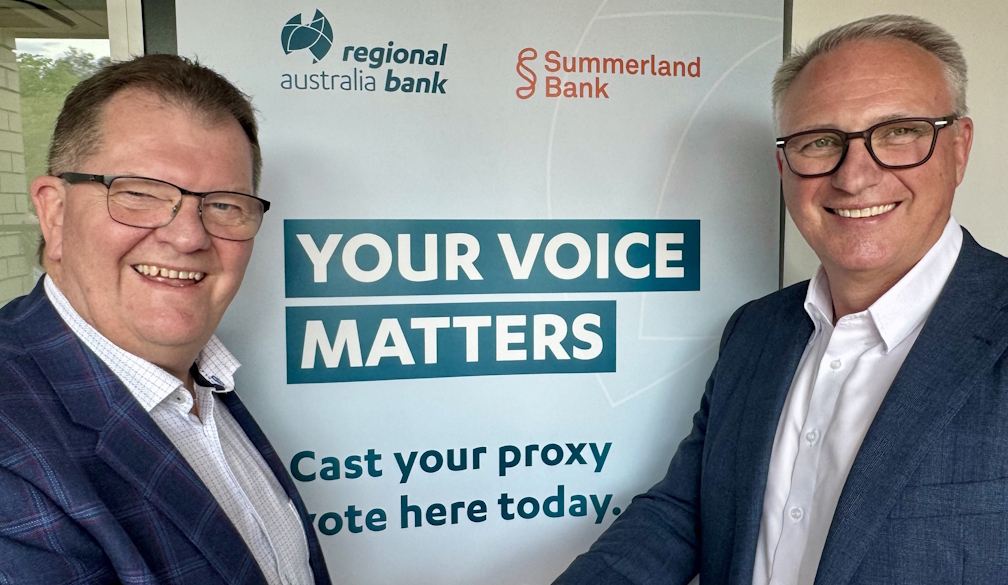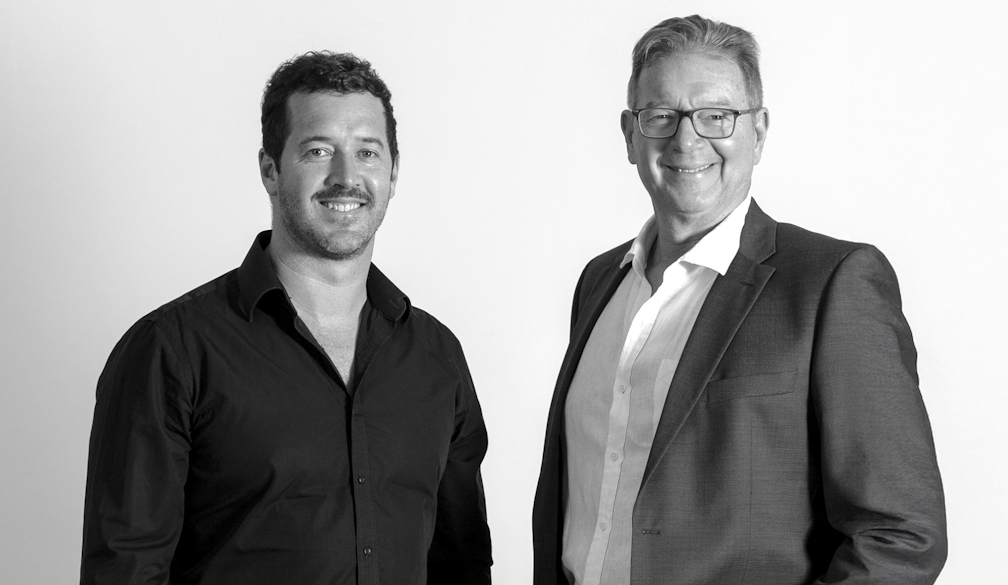Unequal? Our analysis suggests Australia is a more equal society than has been thought
- Written by Roger Wilkins, Professorial Fellow and Deputy Director (Research), HILDA Survey, Melbourne Institute of Applied Economic and Social Research, The University of Melbourne

It has long been known that incomes in Australia are more evenly distributed than in the United States.
But Australia has been thought to be a less equal society than many European ones, sitting somewhere in the middle between the United States and countries such as France.
We can measure income equality using the so-called Gini coefficient[1], which gives a score of 0 to a country in which incomes are completely evenly distributed and a score of 1 to a country in which one person has all the income.
The OECD gives the US a score of 0.375, Australia a score of 0.32[2] and France a score of 0.29.
But we’ve done work using a broader measure of income[3] that incorporates all taxes paid, all company profits and (importantly) in-kind benefits such as health and education. And we’ve found the positions of Australia and France are reversed.
The US has an even less equal distribution of incomes under this measure (0.49 compared to 0.375), France a somewhat less changed distribution (0.33 compared to 0.29), and Australia a more equal distribution (0.28 compared to 0.32), making Australia the most equal country of the three in terms of income broadly defined.
We can show this in another way, comparing the share of broadly defined national income going to the top 10% of income earners.
On this measure, the US is easily the least equal of the three, with high earners getting 39% of national income. In Australia and France they get about 25%.
The US is also the least equal of the three, with Australia and France almost tied, when comparing the share of broadly defined income going to the bottom 50%.
In Australia and France, the bottom 50% get the most, at around 29%. In the US, the least, at 19%
We used a method pioneered by researchers in the US and Europe[4] that combines household survey data, administrative tax data and national accounts data to create what are known as distributional national accounts[5].
Compared with previous measures of inequality, it fully accounts for the effects of Australia’s system of in-kind government provision of services such as health and education, all company profits (including those not paid out as dividends) and all taxes including income tax, company tax and the goods and services tax.
Although we find Australian incomes are much more evenly distributed than previously thought, they have gotten less equal in the past three decades.
Since 1991, the average incomes of Australia’s top 1% – and the top 0.1% in particular – have grown far faster than the average incomes of the bottom 90%.
Read more: Who gets what? Who pays for it? How incomes, taxes and benefits work out for Australians[6]
We also find a persistent gender gap in incomes, even when we account for income sharing in households, and for government spending on education, health, housing and social programs. Broadly measured, female economic wellbeing remains below that of males.
Our approach, described in full in our paper[7] and guided by previous studies for France[8] and the US, leaves room for refinement.
But it is enough to make clear that standard measures that leave out components of income and don’t account for taxes and benefits don’t tell the full story.
References
- ^ Gini coefficient (corporatefinanceinstitute.com)
- ^ 0.32 (data.oecd.org)
- ^ broader measure of income (docs.iza.org)
- ^ Europe (www.aeaweb.org)
- ^ distributional national accounts (wid.world)
- ^ Who gets what? Who pays for it? How incomes, taxes and benefits work out for Australians (theconversation.com)
- ^ paper (docs.iza.org)
- ^ France (doi.org)
Authors: Roger Wilkins, Professorial Fellow and Deputy Director (Research), HILDA Survey, Melbourne Institute of Applied Economic and Social Research, The University of Melbourne







